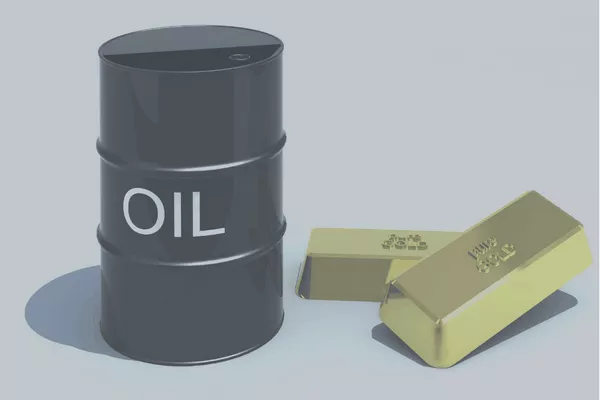On Tuesday, oil prices experienced a slight uptick as investors kept a close watch on geopolitical tensions in the Middle East and anticipated interest rate cuts by the U.S. Federal Reserve. These factors have contributed to an optimistic outlook for global economic growth and increased demand for fuel.
Brent crude futures rose by 26 cents, or 0.3%, reaching $79.33 a barrel, while U.S. West Texas Intermediate crude reached $73.72 a barrel, reflecting a 0.2% increase, as of 0732 GMT. It’s worth noting that trade remains thin due to the Boxing Day public holiday, which has led to some market closures.
The recent rebound in oil prices can be attributed to expectations of interest rate cuts and concerns about the situation in the Red Sea. The disruption of global shipping and trade caused by Houthi attacks on ships last week, coupled with the ongoing Israel-Gaza conflict, contributed to both benchmarks gaining about 3% last week.
However, the announcement from Denmark’s Maersk about the resumption of shipping routes in the Red Sea has eased supply concerns to some extent. The company cited the deployment of a U.S.-led military operation aimed at ensuring the safety of commerce in the region.
Shipping firms had previously suspended the passage of vessels through the Red Sea, which connects with the Suez Canal, a critical waterway handling approximately 12% of world trade. These firms also imposed surcharges for re-routing ships.
Additionally, Iran denied on Monday a U.S. claim that a drone launched from Iran had struck a chemical tanker in the Indian Ocean. The Pentagon had reported over the weekend that the Chem Pluto ship was hit 200 nautical miles off the coast of India.
Oil prices were further buoyed by expectations that the Federal Reserve would cut interest rates next year. U.S. data released on Friday indicated that, by some key measures, inflation was at or below the central bank’s 2% target. Lower interest rates have the potential to reduce consumer borrowing costs, stimulating economic growth and, subsequently, demand for oil.


